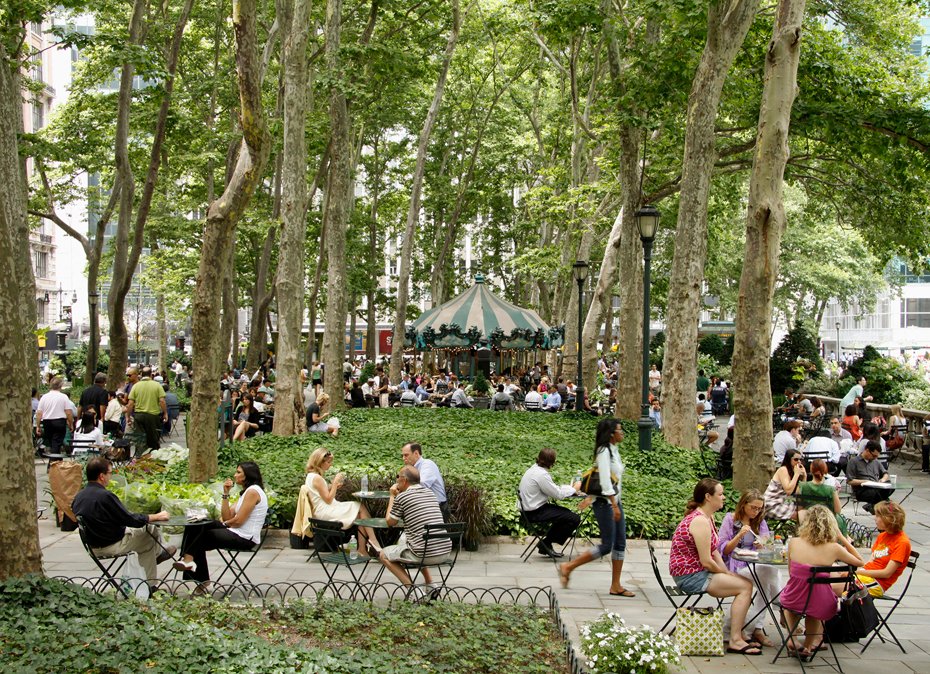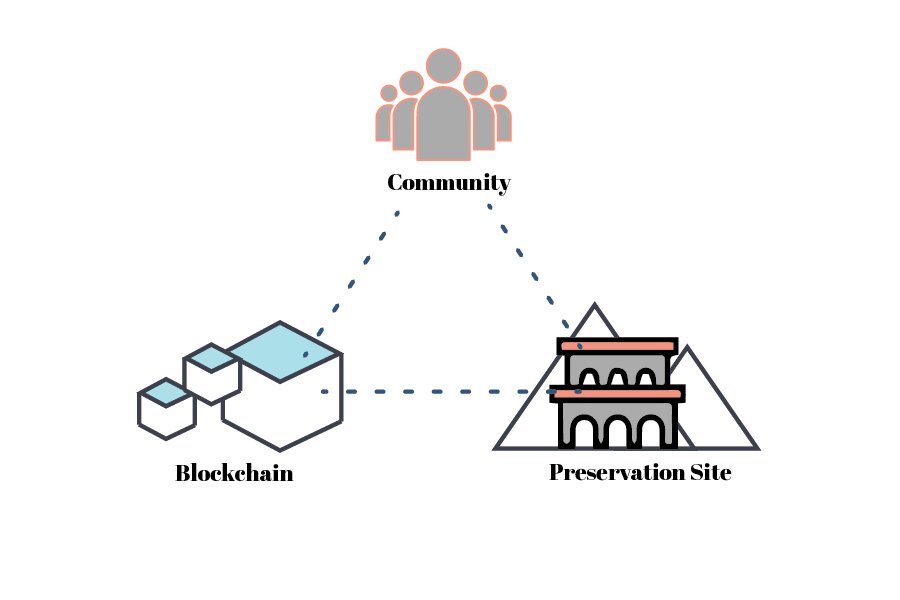
Bryant Park © Olin Studio
Just half a year ago, we witnessed the unexpected yet tremendous rise of the Crypto Kitties. These digital “Beany Babies”-types were an amazing example of blockchain ingenuity and set the precedent that pieces of digital art could be smart contracts in themselves that hold immutable value and information. Since then, more examples of this type of asset-ization are integrating digital work and even physical things onto the blockchain.
Imagine if your car was in itself a smart contract. It’s metadata would include the provenance of the manufactured parts, who had owned it prior if it was pre-owned, where it had been stored and sold, and every bit of personal information needed to prove your ownership. This is would a stark departure from the excess of forms, files, and repositories needed today to verify and store the information listed above. Not only would it be easier to keep track of a item’s worth, but also every bit of information of what the asset has experienced or came out of.
This type of advancement is even more substantial for community assets or living landmarks, like the 100+ year-old magnolia tree that flourished by a local park. The community's living asset would have a rich history and stands as the only protected landmark that isn’t a man-made structure in a neighborhood. Being able to digitize its various experiences onto a blockchain would solidify and amass the diverse info that, as it stands now, is very difficult to gather.

Transitioning real-world assets onto a distributed ledger could also be considered a form of civic work or ‘mining’ in future cases, opening the doors for real incentivization programs for community and history-minded contributions.

